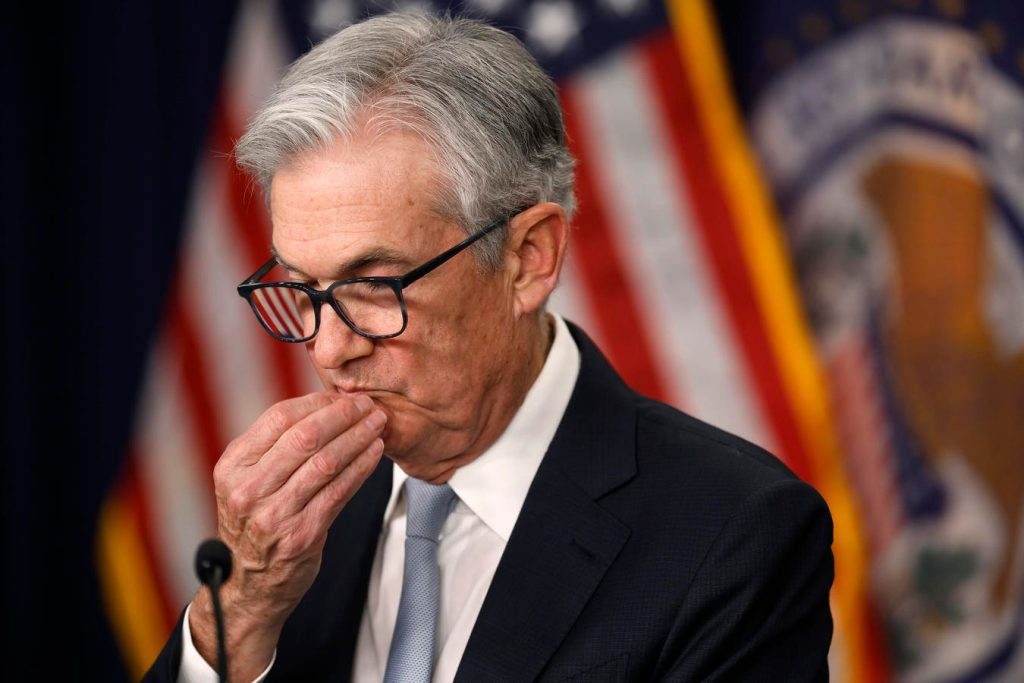The lack of improvement in inflation data for the first quarter of 2024 is expected to delay a potential interest rate cut from the Federal Open Market Committee (FOMC) until at least July. The monthly Consumer Price Index data for January, February, and March indicated that achieving the FOMC’s 2% annual inflation goal would not be easy. Despite an increase in headline CPI on an annual basis since January, disinflation persists when food and energy prices are excluded, albeit at a slowing pace. This recent inflation data may not be sufficient for the FOMC to cut interest rates in the short term.
The fixed income markets currently see a slim chance of the FOMC cutting interest rates at its upcoming meeting in May, with about a 1 in 4 chance of a cut in June. However, the first cut is now most likely expected in July or later, with a slight possibility that the Fed may not cut rates at all in 2024. Fed officials had initially projected two or three interest rate cuts for 2024 but the March CPI release seemed to have invalidated this forecast. The FOMC last raised interest rates in July 2023 and this economic cycle has been presenting some unusual challenges.
The FOMC closely monitors jobs data in addition to inflation data. The most recent employment report for March indicated a healthy U.S. job market, potentially alleviating fears of an economic slowdown. However, a weaker jobs market could prompt the FOMC to consider cutting rates as part of their dual mandate to control inflation and sustain employment. As the job market remains robust, the Fed can afford to be patient and hold rates at a relatively high level while waiting for sustained improvements in inflation data. If jobs data were to significantly weaken, the FOMC would have to weigh the desire to tame inflation against promoting strong employment.
The wave of extreme inflation may be over, but underlying inflation continues to surpass the Fed’s 2% target. With a relatively strong job market, the Fed has the luxury of waiting to see how inflation data progresses. So far, evidence of further disinflation in 2024 has been scarce, leading to a pushback in expectations for interest rate cuts compared to earlier projections. The FOMC is still anticipated to cut rates in 2024, but it may involve fewer cuts and a later start than initially anticipated. The economic projections from FOMC policymakers are set to be updated on June 12, shedding more light on the future direction of monetary policy.


